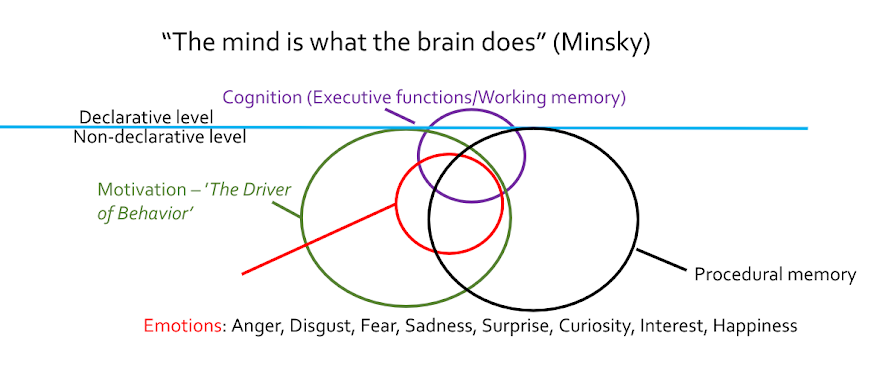Stöd gärna bloggen via Swish (Sverige), MobilePay (Finland) or Wise.
In the Early Holocene, people started to migrate to the area we now call Finland. From the Ural mountains came the Sami People and Ural finns (Lamnidis, 2018) and from the west and South came people from Europe. Therefore, Finland is formally a divided country; the Swedish-Finns in the south and the South-west where most Finns live and the Uralic-Finns in the north and northeast where the population is sparse. Through Finland's history, this cultural division has been the cause of tensions.
Finnish neuro-scientists testify that they prefer to sample subjects for their research from people in the north. That's because those people are biologically more homogeneous compared to people in the south and south-east. And according to Mark Pagel, a professor of biological anthropology, the culture in the north is more tribal (Pagel, 2019, 44 minutes in).
People in the south and southeast of Finland are more diverse genetically and culturally. That may be explained by the connection to (1) Sweden - between 1050 - 1808, southern Finland and Sweden were united, (2) and Estonia in the south, which for a while, also was part of the Swedish kingdom (1561 - 1710). For the past 1000 years, Swedish has been the common language around the Baltic sea.
Finland has issues with population growth. A recent study suggests that the mortality/nativity-ratio point to a shrinking population (Gietel-Basten et al. 2022). Therefore, Finland needs to attract people from outside the country. That means that migration to Finland is a big issue. Because Sweden and Finland share the same language, the rational argument would be to attract people from Sweden.
According to Finnish tabloid YLE, professor Strandberg at Åbo Akademi wants to test if Swedish-speaking Finns are divided by Affective Polarization? Prof Strandberg include migration, sexual identity and environmental issues.
– Det som har varit överraskande för mig var att det väldigt tydligt finns affektivt polariserade människor i Svenskfinland, säger Strandberg.According to professor Strandberg, Affective Polarization has a very clear manifestation in Swedish-Finland. Even so, there's no references to prove his proposal.
Affective Polarization is a concept based on two other concepts: affective and polarization.
Affective is a psychological concept meaning expressing emotions (Merriam-Webster). Note that emotions are interacting with, but not the same as, cognition. Emotions are general to mammals and operate functions like fight-flight responses as well as facial feedback and forward reactions (Österberg, 2001). Cognition's, on the other hand allows rational thinking including reasoning (Diamond, 2013; Pinker, 2011; Stanovich, 2009).
Polarization is "the act of dividing something, especially something that contains different people or opinions, into two completely opposing groups" (Cambridge dictionary).
In a two-party political system, Iyengar & Westwood (2015) defines Affective Polarization as “the tendency of people identifying as [alternative 1] or (alternative 2] to view opposing partisans negatively and copartisans positively” (In Iyengar et al. 2019).
At Its peak, Affective Polarization may result in partisan animus, where animus refers to "a usually prejudiced and often spiteful or malevolent ill will" (Merriam-Webster).
Is Affective Polarization manifested within the group of Swedish-Finns?
I haven't seen Dr Strandberg's data or results, but it sounds unlikely. From a rational point of view, Finland's polarization is manifested between Swedish-finns and Ural-finns, where the latter is more unwilling to accept people from outside of Finland.
For example, Helsingfors university, founded by Swedish Queen Kristina (1626-1689) in 1640, promotes itself by mainly using Ural-Finnish. That's a marker for tribalism, telling people that if they are going to work at the University of Helsingfors, they have to learn Uralic Finnish.
In contrast, most universities around the Globe, including those in Sweden, are using general academic lingo - English.
And a recent study by E2 show that about 40 % of the people who arrive to Finland experience discrimination (YLE, 2022). One Odd thing occurred during the presentation of the study; the researchers didn't use the general academic language, that is English, but Ural-Finnish!? And when questioned about it, they rationalized a very strange explanation. That's a confirmation of Dr. Pagel's claim about tribalism, and implies, that even though politicians urge people to move to Finland, those who arrive aren't really welcome. But that's only an expression among those who mainly speak Ural-Finnish. The Swedish-Finns are used to interacting on both sides so to speak, they are open-minded, and welcoming.
Ergo. When it comes to immigration, I find Dr Strandbergs hypothesized claim about Affective Polarization as a within-group variation in Sweden-Finland unlikely, but more likely, if there's a case for AP, it's manifested between Finlands two main cultures.
Please support the blog via Swish (Sweden), MobilePay (Finland) or Wise.
More about my expertise:
Executive coaching for CEOs/managers and workshops to facilitate Organizational Performance, Learning, and Creativity for Problem Solving | Lectures: Nutrition for physical and mental health | Course/lecture: children's emotional and social adjustment and cognitive development | Language training - Swedish | Academy Competency | CV | Teaching skills and experience | Summary of research project | Instagram | Linkedin | YouTube-channel | TikTok | Twitter

No comments:
Post a Comment